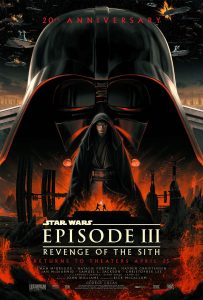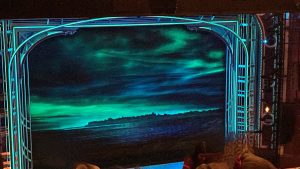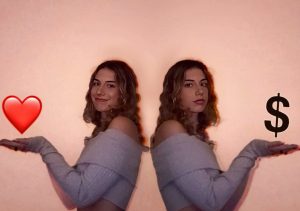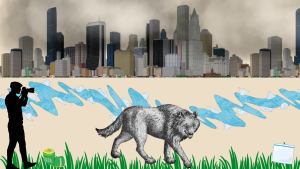 It is the spring of suede this year, as ‘70s-inspired styles work their way down runways around the world. Ruffles, puffy sleeves, sundresses, fringe, and floral patterns have been seen everywhere lately. One popular style called “the X-factor” features a halter neck and off-the-shoulder sleeves. In the same vein, classic Spanish influences are increasingly prominent, from flowery headpieces to toreador-inspired patterns and woven red-and black-color palettes.
It is the spring of suede this year, as ‘70s-inspired styles work their way down runways around the world. Ruffles, puffy sleeves, sundresses, fringe, and floral patterns have been seen everywhere lately. One popular style called “the X-factor” features a halter neck and off-the-shoulder sleeves. In the same vein, classic Spanish influences are increasingly prominent, from flowery headpieces to toreador-inspired patterns and woven red-and black-color palettes.
As for other colors, there are obviously this year’s Pantone colors (Rose Quartz and Serenity) as well as an abundance of crisp white and bright orange. For shoes, mules and blocky sandals rule—often with interesting colors, patterns, and embellishments. For other accessories, clunky gold ornaments are in, as are half-moon handbags.
In the pant arena, paper bag waist lines are in and skinny jeans are out (though I personally will continue to wear my comfy old jeans until they disintegrate). Pleated skirts and dresses are all the rage, and netted shirts, skirts and dresses are blanketing runways.
Though a bit warm for Florida, marled knit (that thick, stretchy, sort of spotty-looking sweater fabric) can be found in the forms of crop tops, oversized sweaters, and knee-length pencil skirts.
And finally, denim. Light-weight denim is the next big thing, long-awaited following a recent rise in the popularity of jumpers and overalls. This season, denim is taking the shape of tailored jackets, stiff handkerchief shirts, fitted cocktail dresses, and adorable spring frocks.
On campus, pieces of these styles can already be seen. In fact, during a recent study session in the library, I noticed at least a dozen suede skirts, several jean jackets, an abundance of the dirty pink that is our Pantone color of the year, and four marled knit sweaters.
In the world of fashion, the spring runway styles decide the look of the entire year. The styles worn by individuals in the media, the color palettes of every store, and the overall aesthetic for the year is dictated by spring fashions. Even beyond the expected area of influence, fashion can be seen affecting society.
Recently, I spoke with current theater student Maddie Crump ‘19 about the influence of fashion on the theater world. In reference to modern styles from year to year, she explained that costume styles change based “on the context of the play” but spoke of modern fashion as an influence, saying “if the piece is more modern, it is more likely to have elements of current fashion trends.” Often in theater and in other contexts of art and media, class, time period, age, and so on are all established through clothes.
In fact, fashion can influence us in ways we may never have considered. There’s a quote from the 2006 film The Devil Wears Prada in reference to the effects of popular style on the world. In reference to one character’s disregard for fashion, another character, played by Meryl Streep, laughs, “You think this [fashion] has nothing to do with you. You go to your closet and you select…I don’t know…that lumpy blue sweater.…But what you don’t know is that that sweater is not just blue, it’s not turquoise. It’s not lapis. It’s actually cerulean. And you’re also blithely unaware of the fact that in 2002, Oscar de la Renta did a collection of cerulean gowns….that blue represents millions of dollars and countless jobs…”
Though a bit comical in the context of the movie, this statement perfectly summarizes the weight that fashion carries in the modern world. It is actually quite beautiful how far-reaching the work of textile artists truly is, and how the constant innovation of our designers fuels the growth and change of how we look each and every day.












Be First to Comment